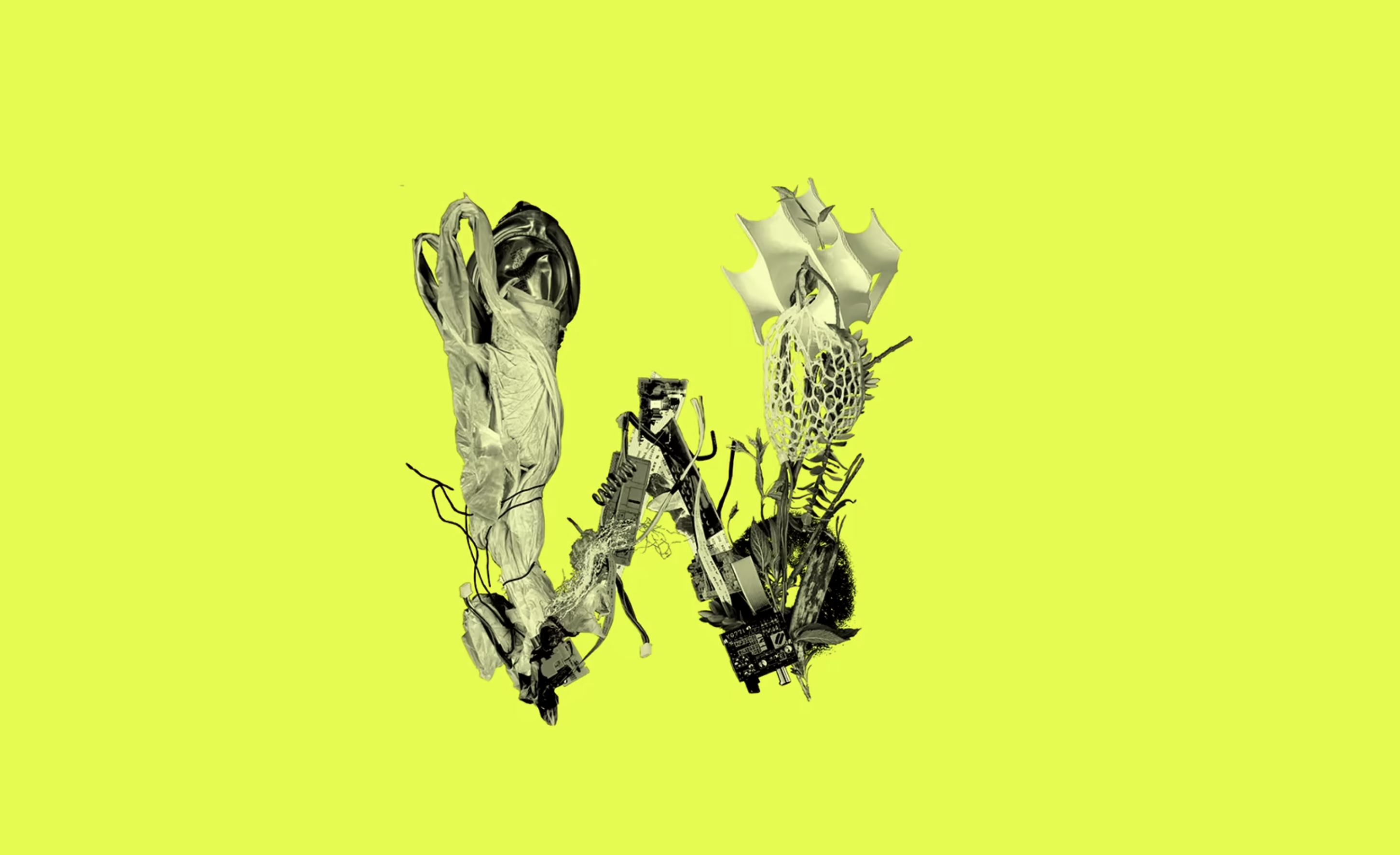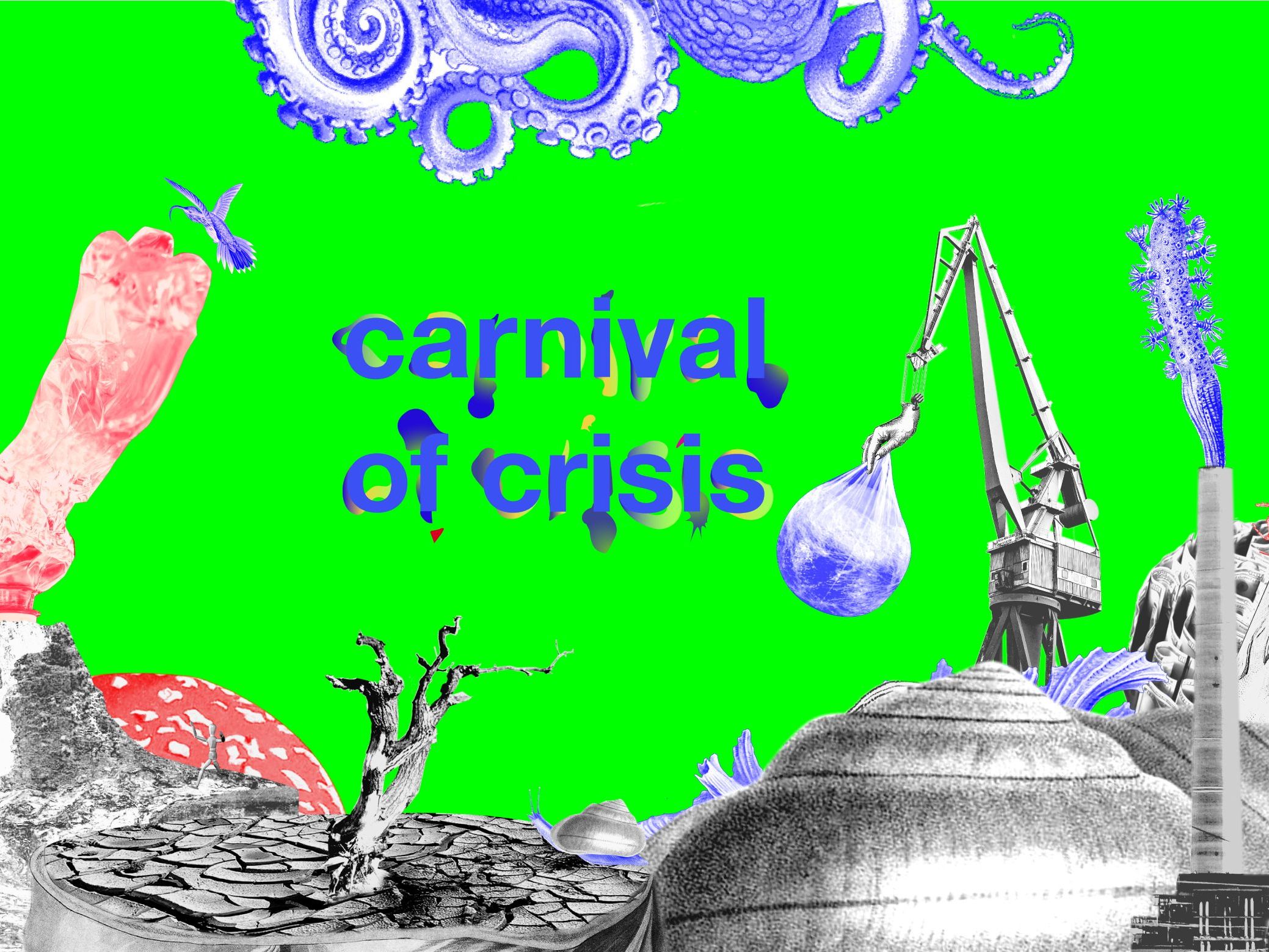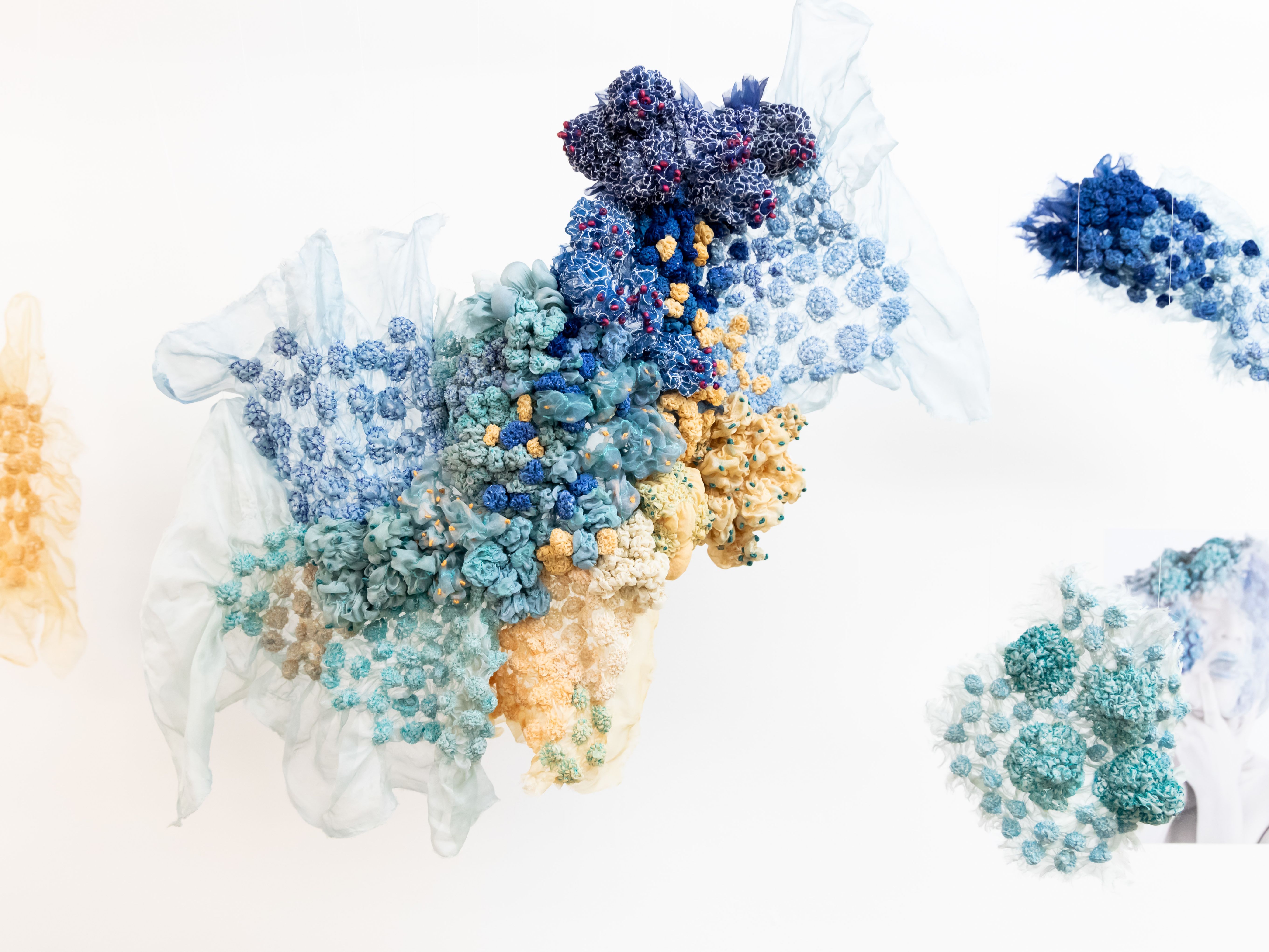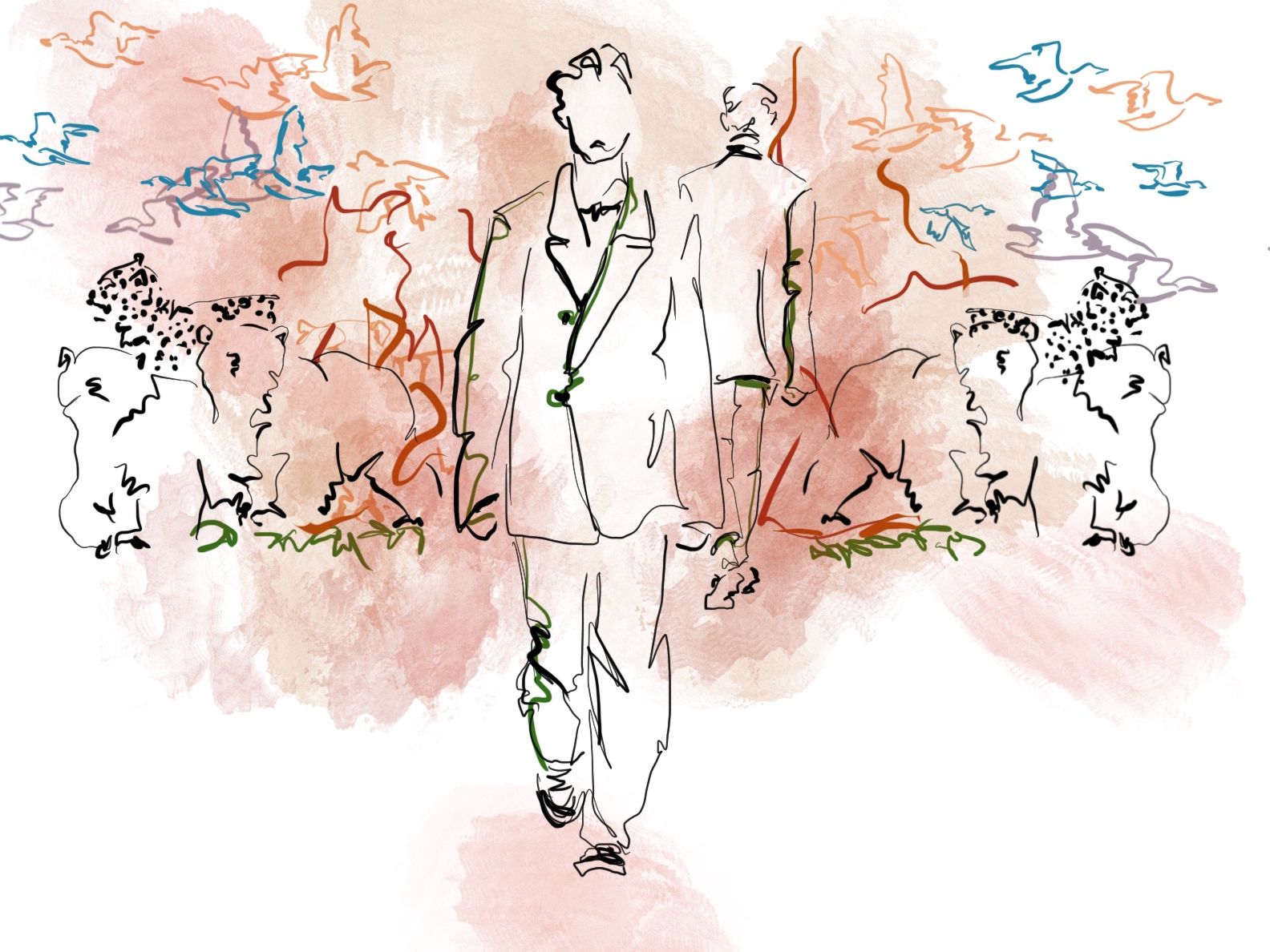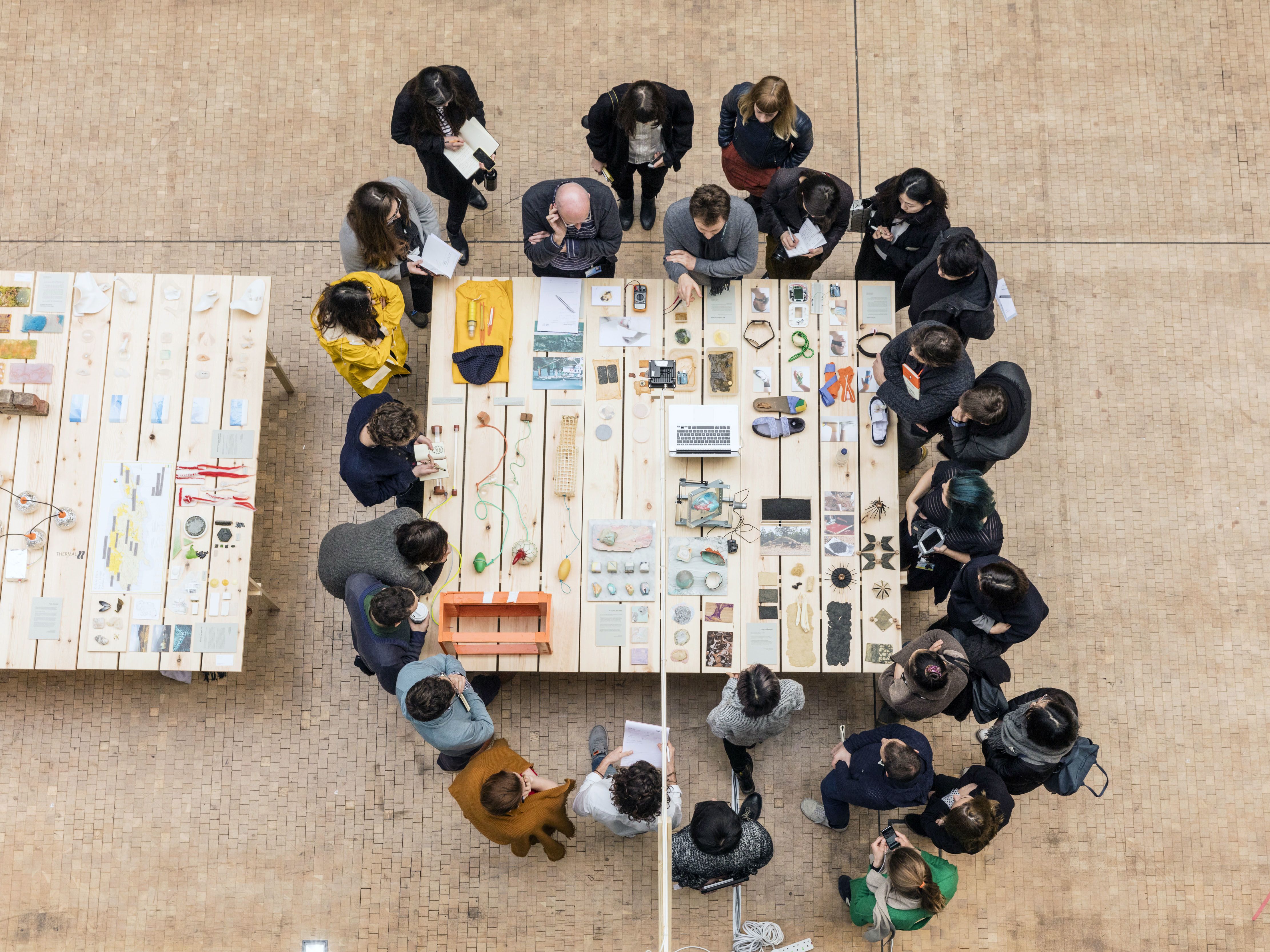Future Observatory, a national programme coordinated by the Design Museum in partnership with Arts and Humanity Research Council, is bringing together researchers, designers and industry representatives to show how design can drive Britain’s future prosperity.
Following the programme's mission to harness design research to accelerate solutions for the most pressing societal issues, AHRC and the Design Museum have awarded funding to 15 projects across the UK to be developed as Design Exchange Partnerships between academia and business partners.
UAL will be leading on 3 of the funded initiatives, involving academics and researchers working in collaboration with businesses, councils, charities and local communities, applying creative thinking and design knowledge to address challenges around decarbonisation, waste reduction and circular economies.
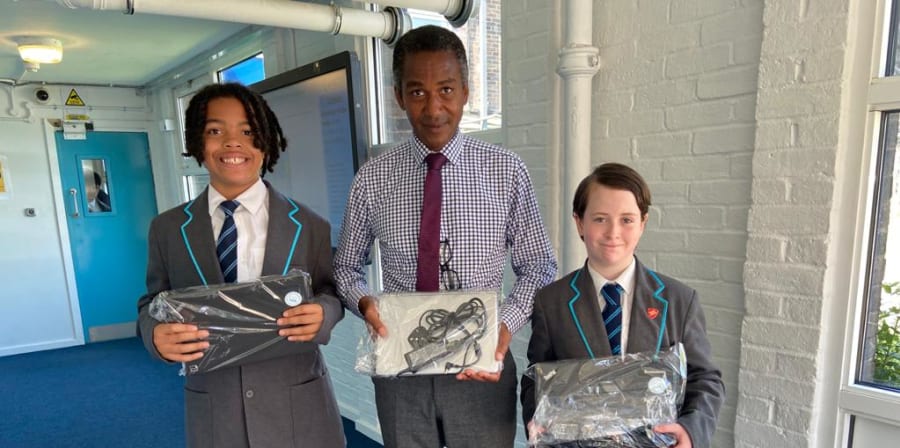
CCI x Power to Connect
With schools closing down during the Covid-19 pandemic, many families across London struggled to access the necessary means to support their children going into full-time online education. In the face of a growing issue of digital exclusion among some local communities in the city, Power to Connect (P2C) was set up as a partnership between Wandsworth Council and Battersea Power Station to support families in the area, collecting used laptops, tablets and computers and handing them over to schools and families in Wandsworth.
Having already delivered over 1,000 devices, P2C keeps facing an important challenge, as some organisations have been hesitant to donate devices in fears of possible leaks of sensitive data.
The charity is now looking to develop a data wiping solution through the expert help of UAL’s Creative Computing Institute (CCI). Professor Mick Grierson will be leading on this Design Exchange Partnership, working with representatives from P2C and CCI to come up with a system that will ensure second-hand devices can be safely repurposed and handed over to young people.
The project also brings along the design skills of Irtiza Nasar, who will leverage Human Centred Design and Service Design methodologies to develop an open source data wiping tool. The tool will the enable secure wiping of electronic devices while having a low entry barrier for non technical users.
CCI and P2C envision the results of this collaboration will set an example for other local communities across London and the UK, establishing a model which will help reducing e-waste at the same time as addressing digital inequity.
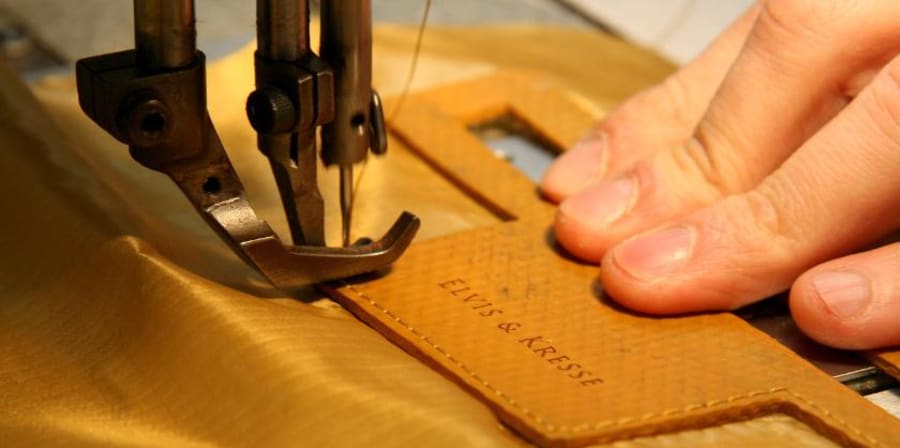
CSF x Elvis & Kresse
Elvis & Kresse, a certified B corporation and social enterprise, have been rescuing discarded waste materials since 2015, using sustainable and waste-free design methods to create luxury accessories out of old fire hoses and leather off-cuts from other luxury brands.
Thanks to the fund granted by AHRC, the brand will develop a design-led R&D partnership with Centre for Sustainable Fashion (CSF) titled 'Beyond net zero goals: Regenerative fashion design for micro-circular rural ecosystems', which will focus on furthering their commitments to become a net regenerative business by 2030. Through this partnership led by Professor Sandy Black with research associate Dr Mila Burcikova, CSF and Elvis & Kresse will explore active means to embed the concept of Fashion Making in a Dynamics of Place into the brand's operations, working towards 3 key aims:
- To co-create a strategy to contextualise and communicate Elvis & Kresse’s climate commitments and ambitions, using storytelling and systemic design methodologies to transition into a holistic practice. This will involve the regeneration of 17 acres of land adjacent to the brand’s new headquarters in rural Kent.
- To co-design a product prototype which will demonstrate the critical interconnections between regenerative agriculture and regenerative fashion.
- To catalyse partnerships with like-minded local communities – including Southeast England Fibershed, organic and regenerative farms, and other fashion and textiles SMEs – which will enable the brand to establish new connections and develop a micro-circular rural ecosystem model.
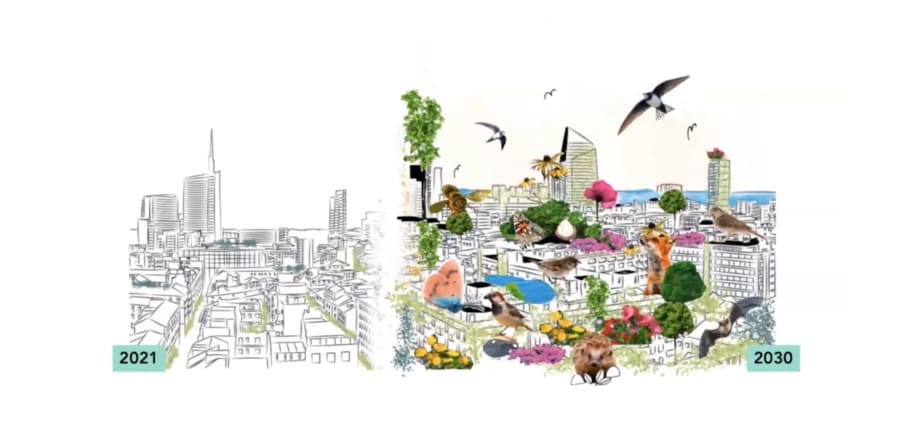
LCC x Southwark Council
In March 2019, Southwark Council became one of the first boroughs in London to declare a climate emergency, undertaking commitments to make Southwark carbon neutral by 2030. Coinciding with UAL's bold plan of action to reach comprehensive net-zero by 2040, the borough reached out to the Service Futures Lab, led by Dr Lara Salinas and based at London College of Communication (LCC), to assist them in designing a more sustainable and climate-conscious future for their local communities.
After finishing the initial phase of this collaboration, Southwark Council and Lara Salinas will continue to work together thanks to the Future Observatory programme. This partnership will focus on developing a scoping study to understand how participatory and service design can contribute to deliver the Southwark’s climate priorities. Dr Salinas will examine how the council collaborates internally (across departments) and externally (with local organisations and residents), to identify opportunities to embed design practices which can play a transformative role in local government.
Overall, this collaboration aims to set a model for other local authorities looking to implement design thinking to tackle climate emergency commitments.
UAL's wider involvement with Future Observatory
As part of Future Observatory, the Design Museum is also hosting Design Researchers in Residence, a programme of support co-funded by AHRC for design thinkers at the start of their careers to spend a year developing a new research project in response to a theme. Sanne Visser, MA Material Futures graduate from Central Saint Martins and current PhD Researcher at UAL's Centre for Circular Design, has been selected to join other 3 residents to tackle this year's theme — Restore. Sanne's work will look at hair as both a local waste stream and material resource.
The Design Museum has also opened a new exhibition titled Waste Age: What can design do? to showcase some of the visionary designers reinventing our relationship with waste, featuring work by UAL's alumni Stella McCartney and Bethany Williams. Professor Becky Earley, Co-founder and Director of Centre for Circular Design, was selected to join the advisory panel of leading experts in sustainability and design who worked with the Design Museum to bring the exhibition to life.
Professor Lucy Kimbell, Director of UAL's Social Design Institute, is part of the Future Observatory Programme Development group to provide strategic and operational guidance, input and advice during the first year of this national programme.
- Find out more about Future Observatory and check all the initiatives funded by this programme
- Explore our Knowledge Exchange projects and how we use creativity at UAL to tackle climate issues
- We're open to collaborate with external partners to make a positive impact on society and the environment. Get in touch with us: business@arts.ac.uk
